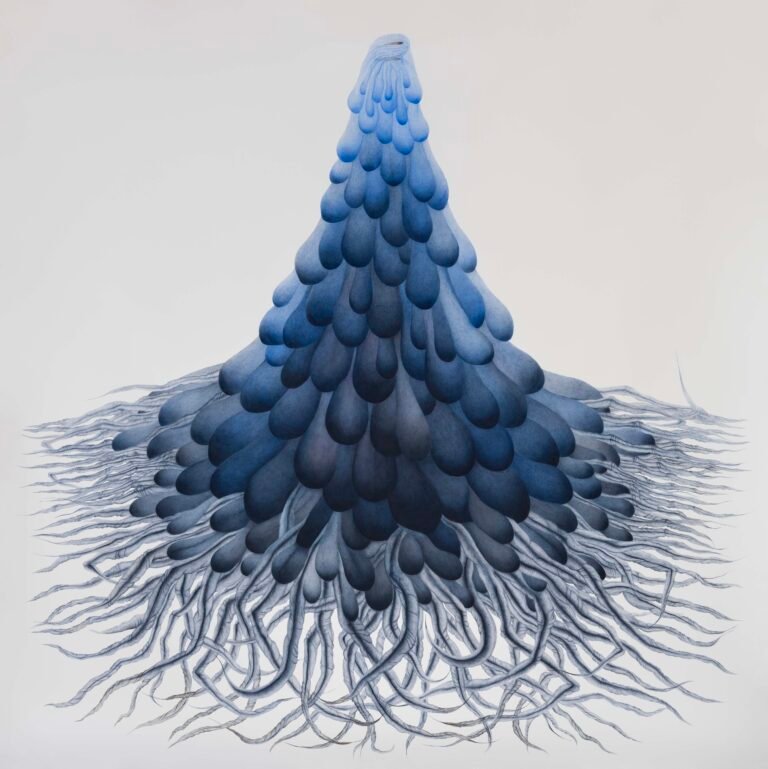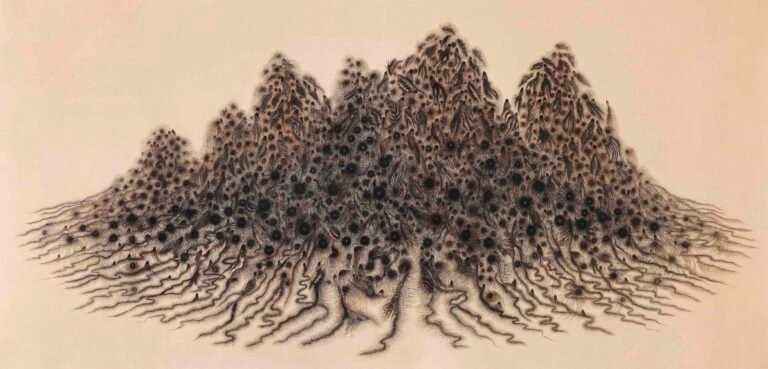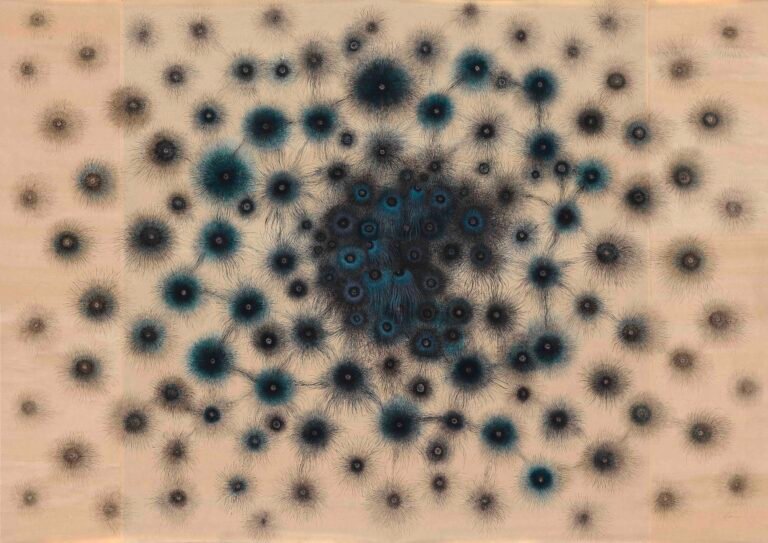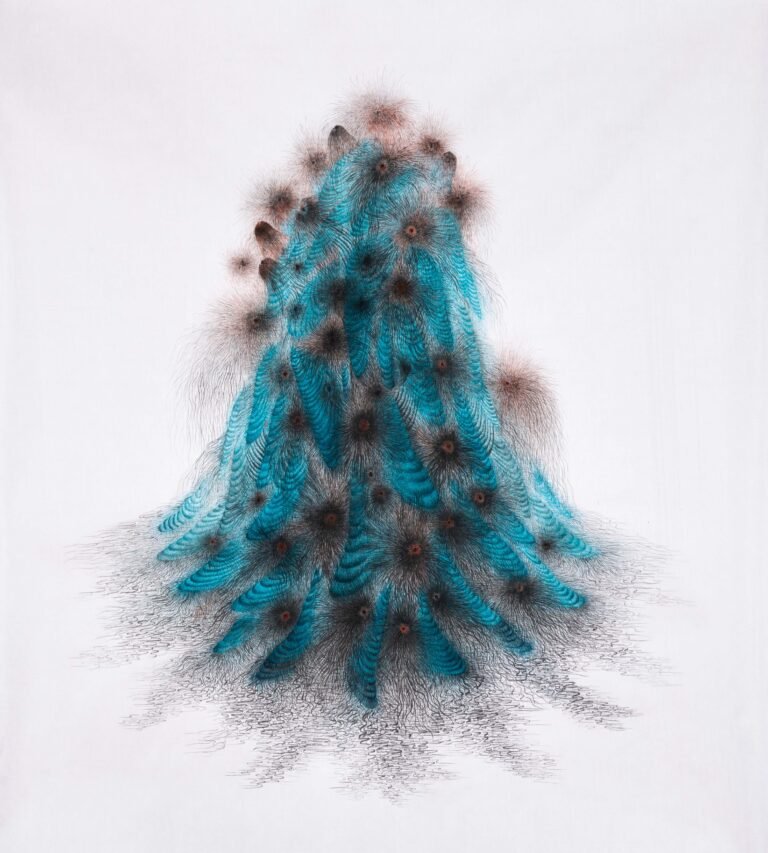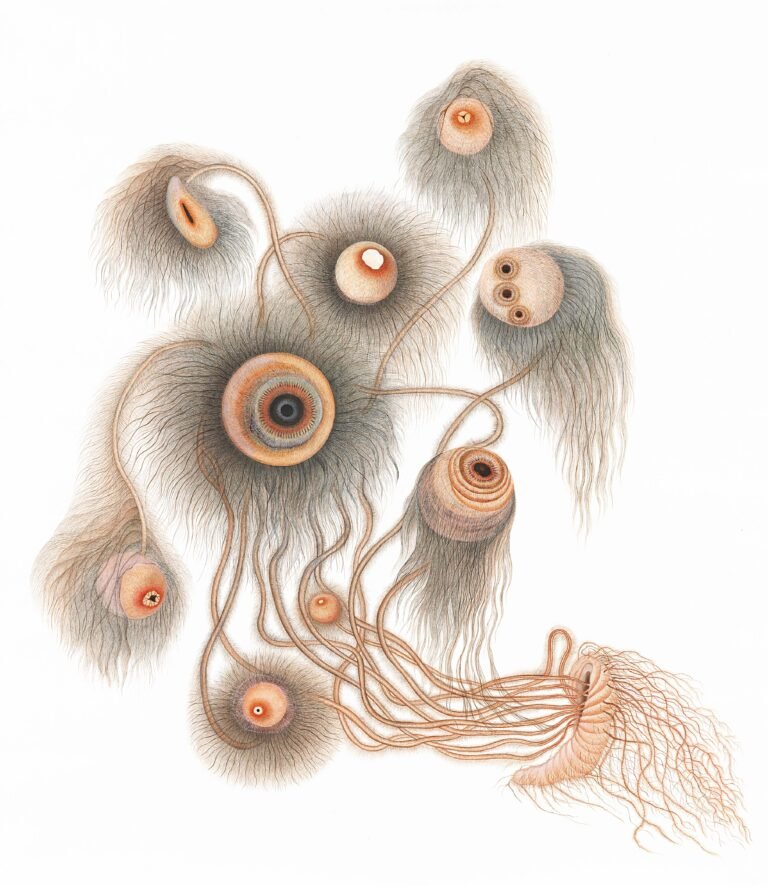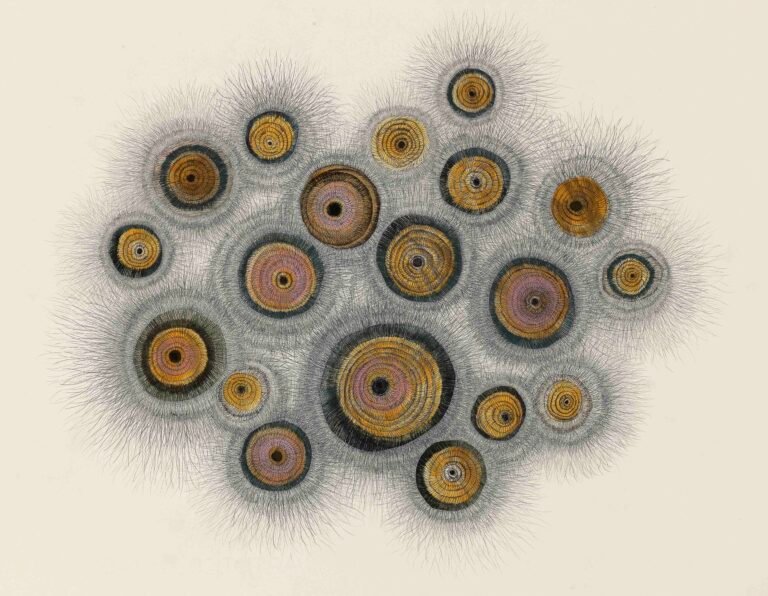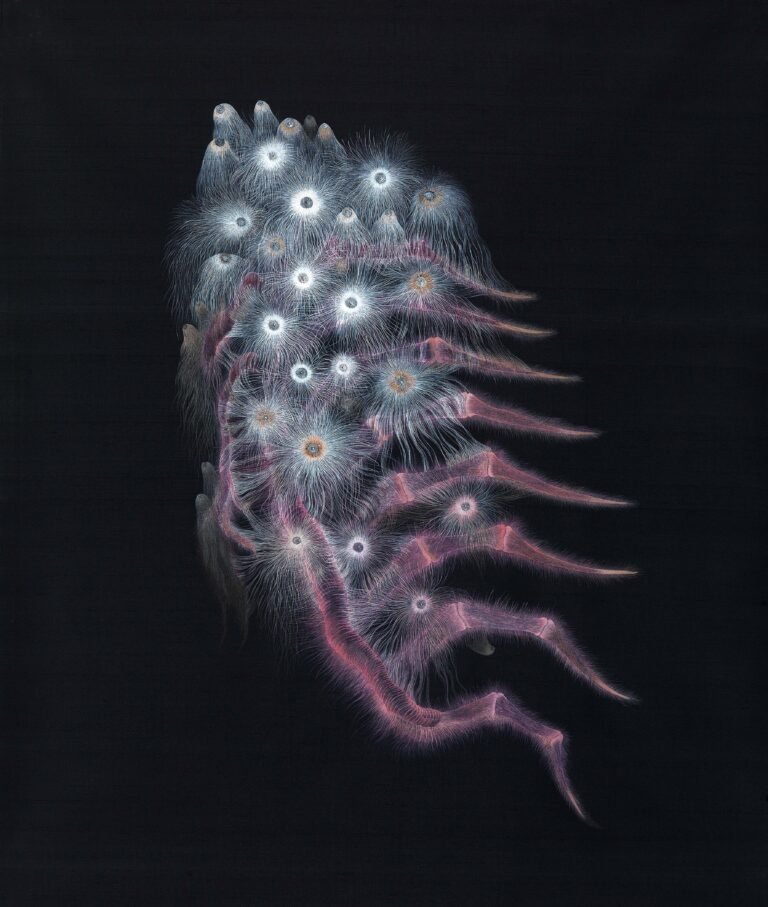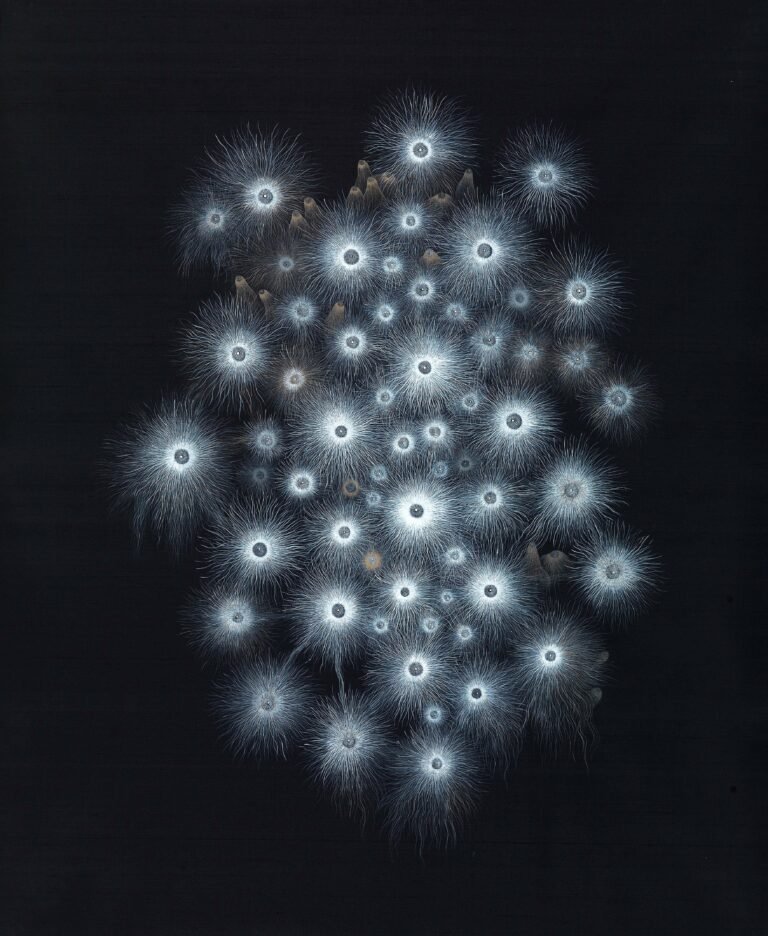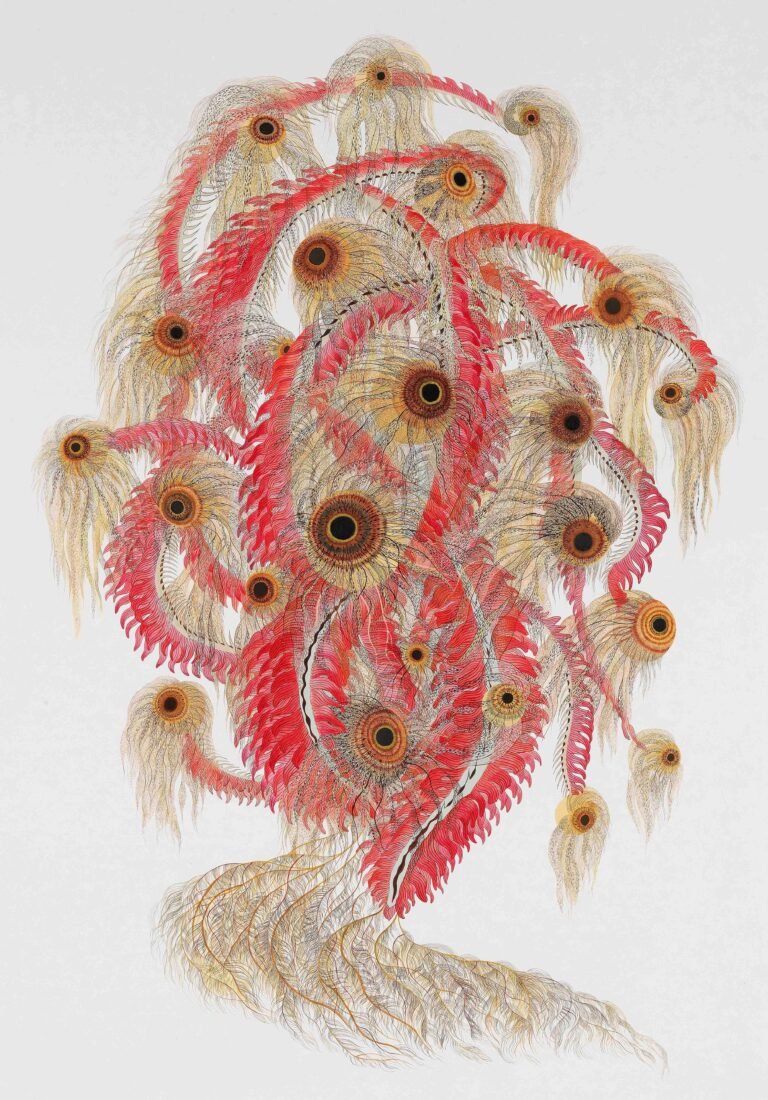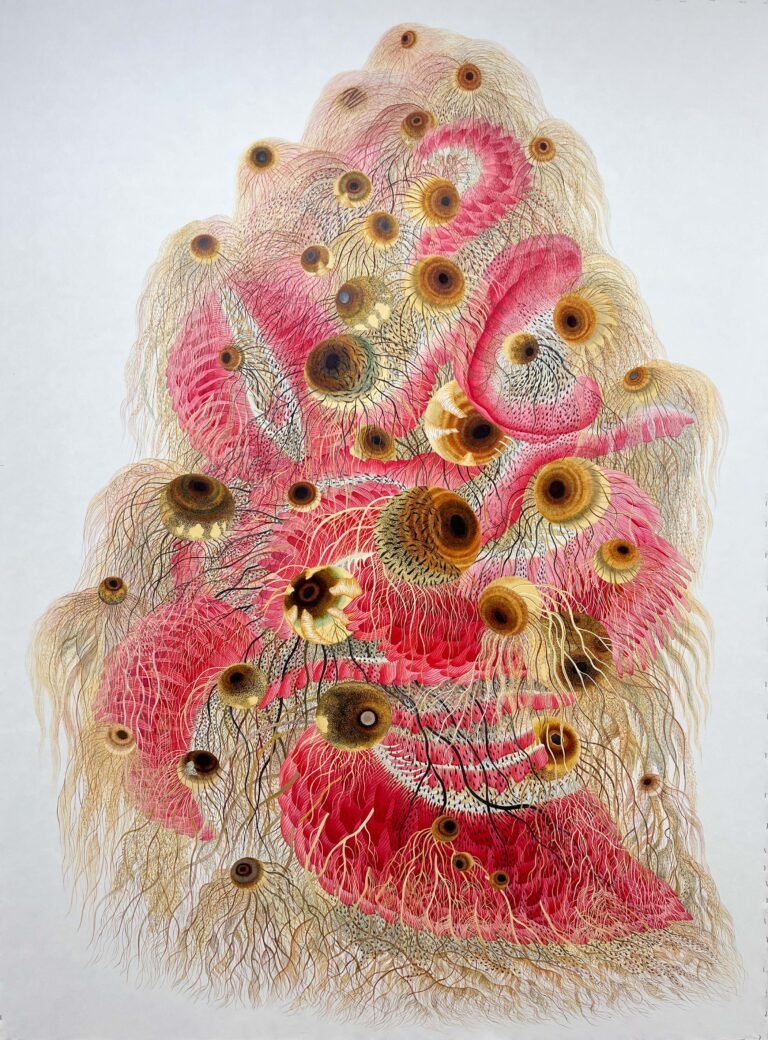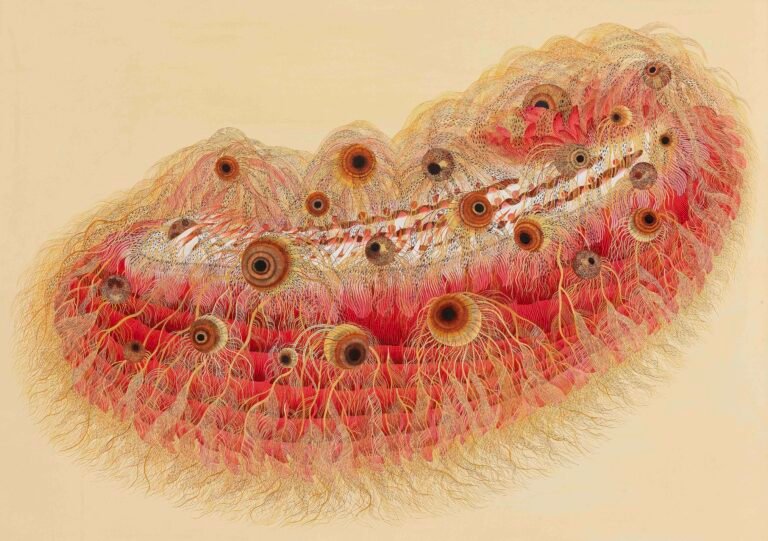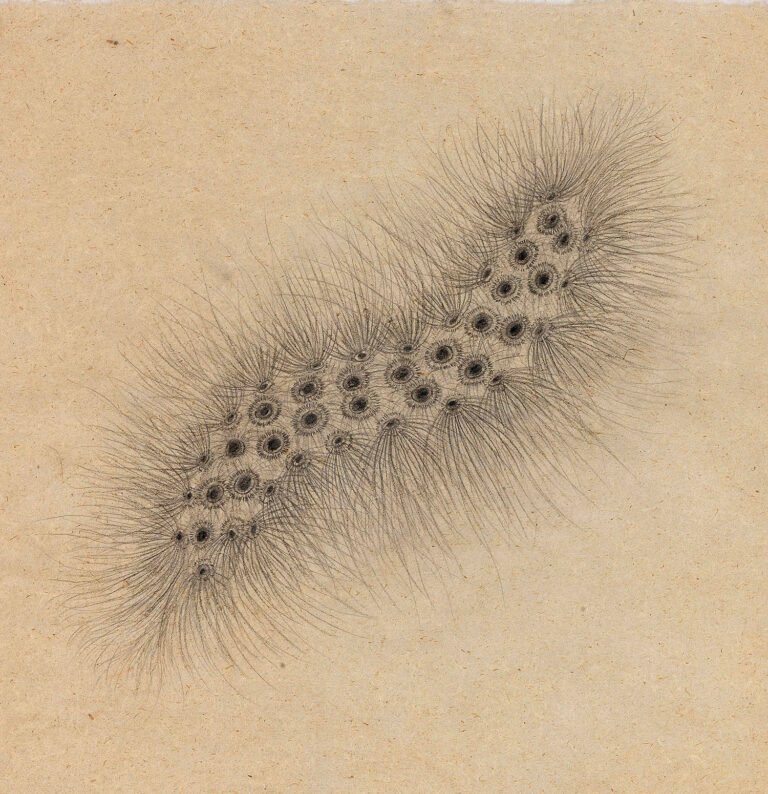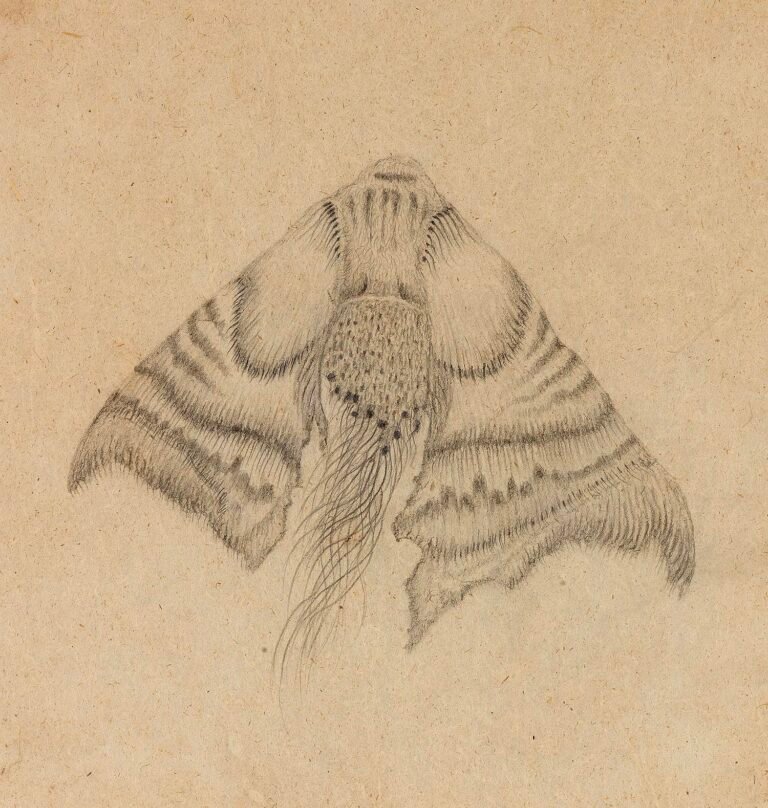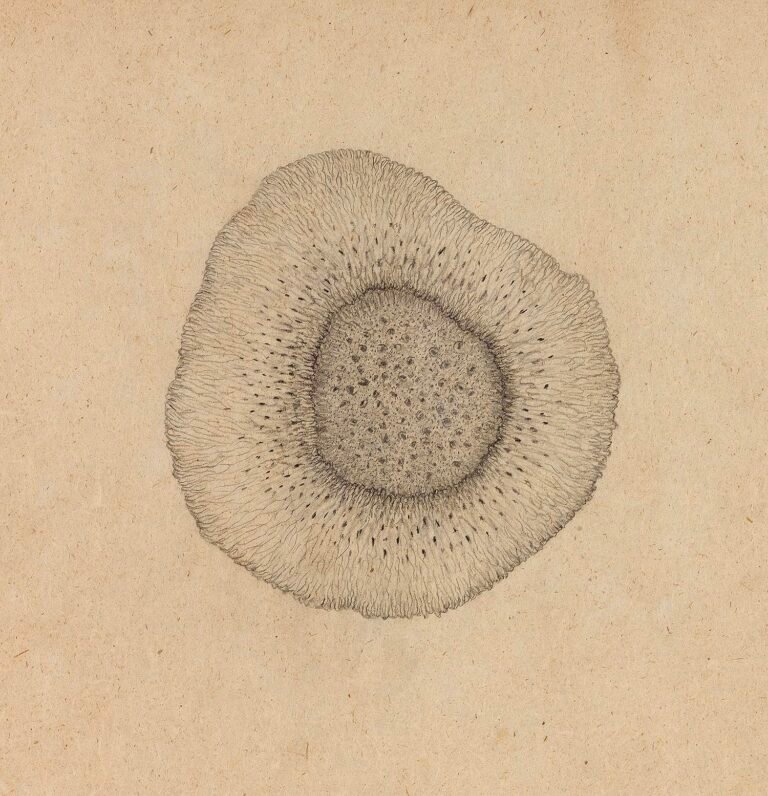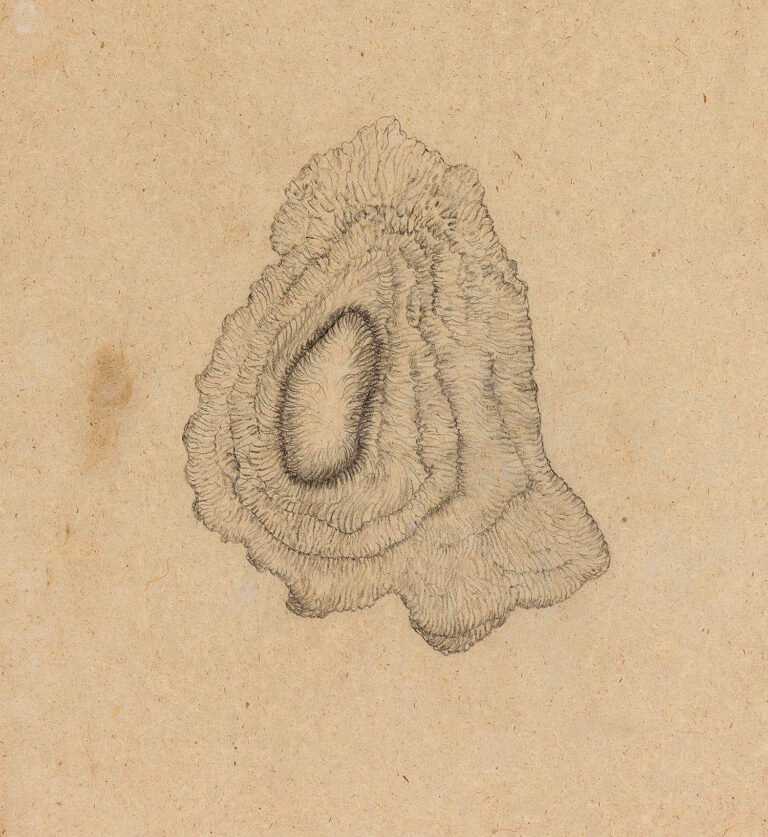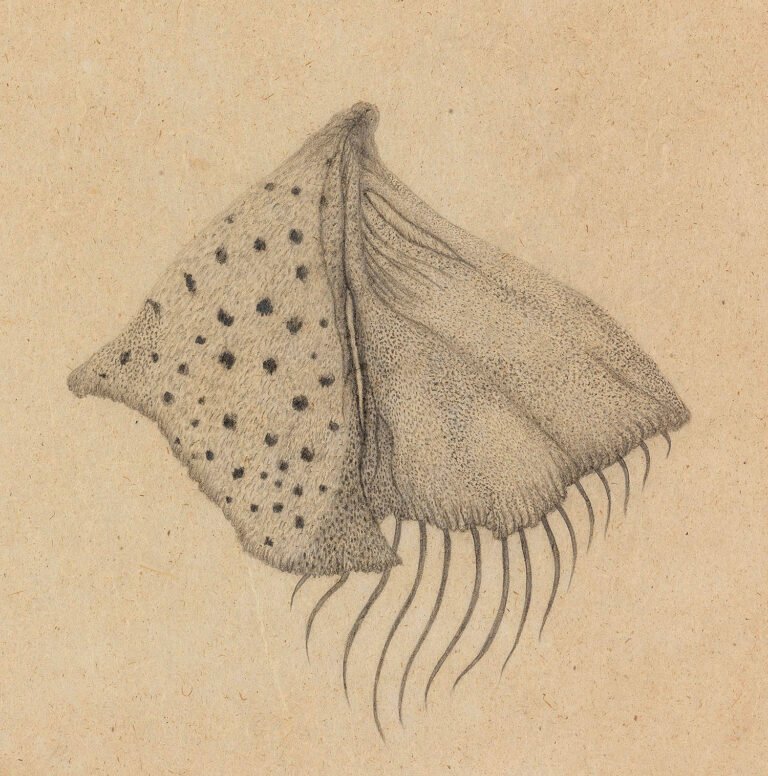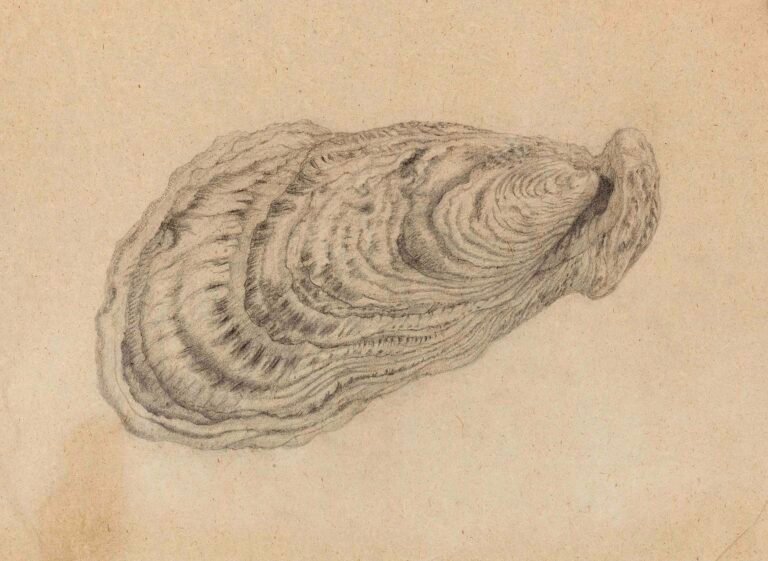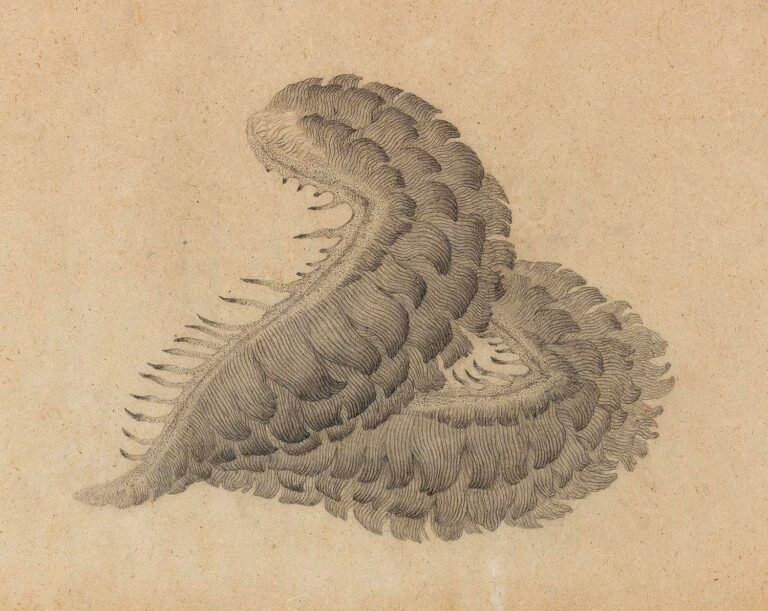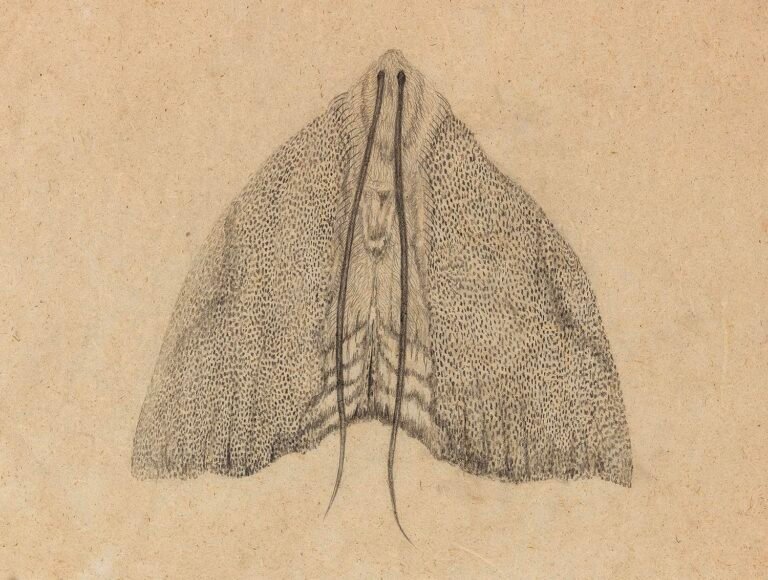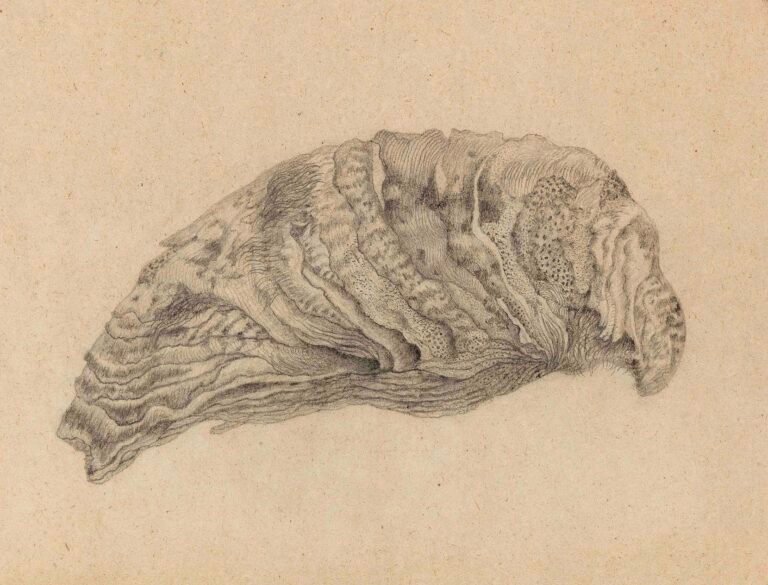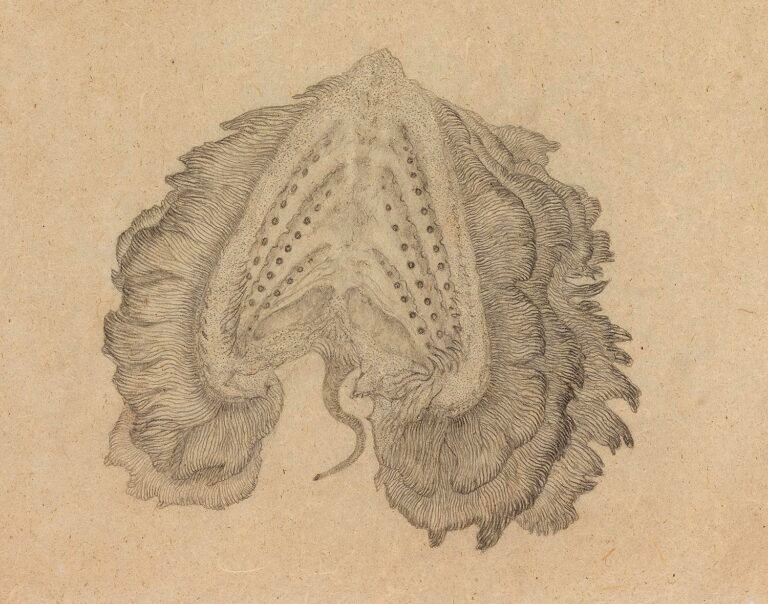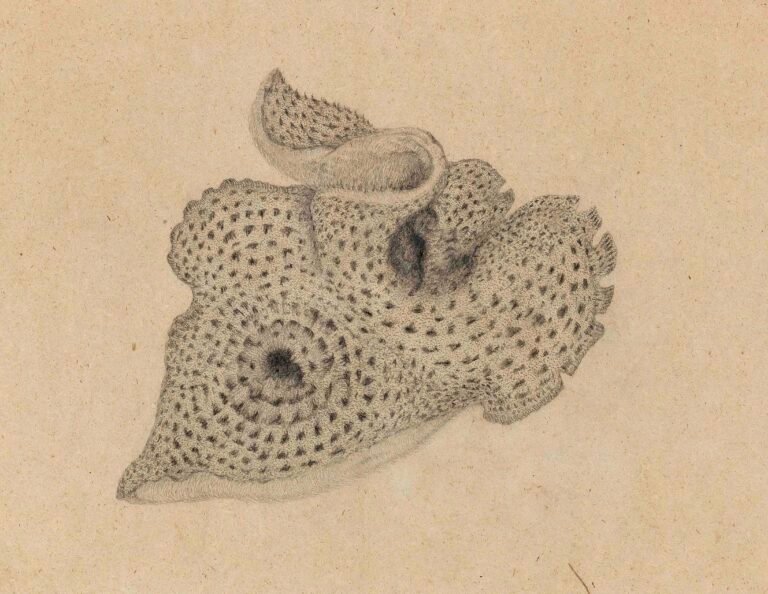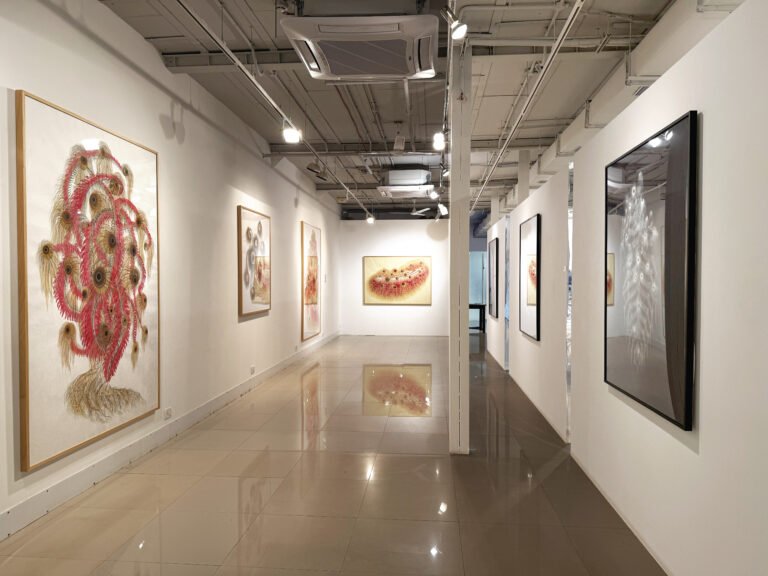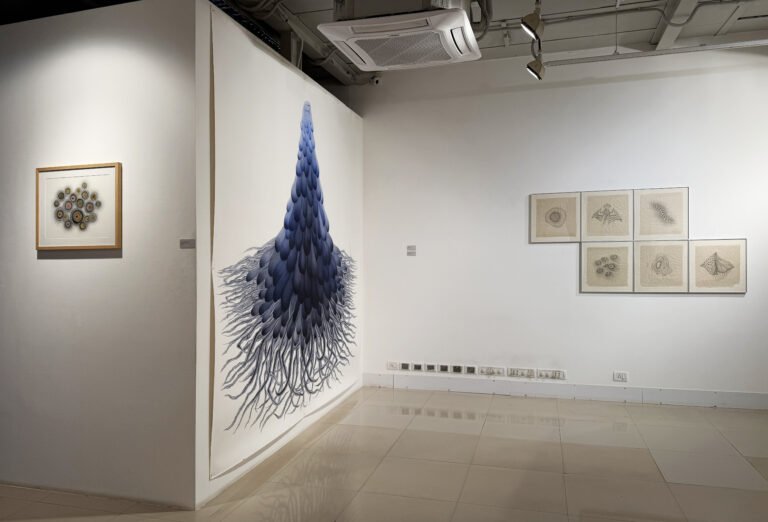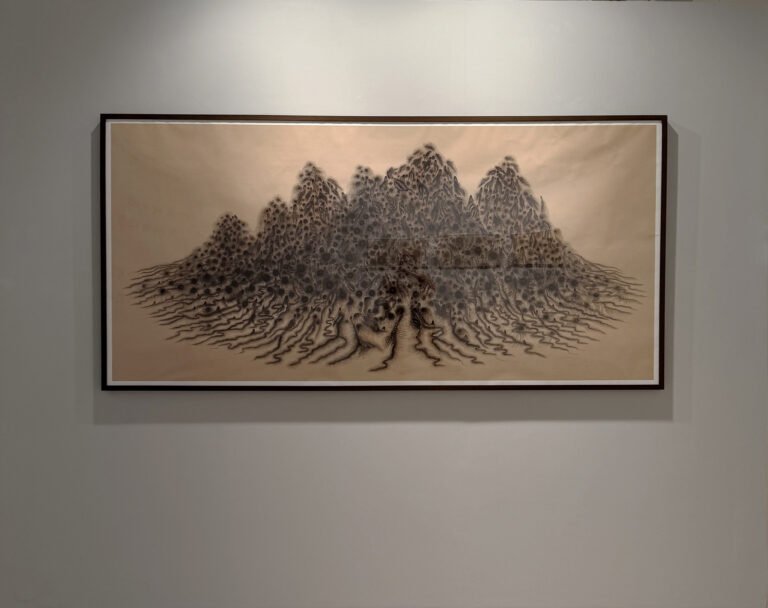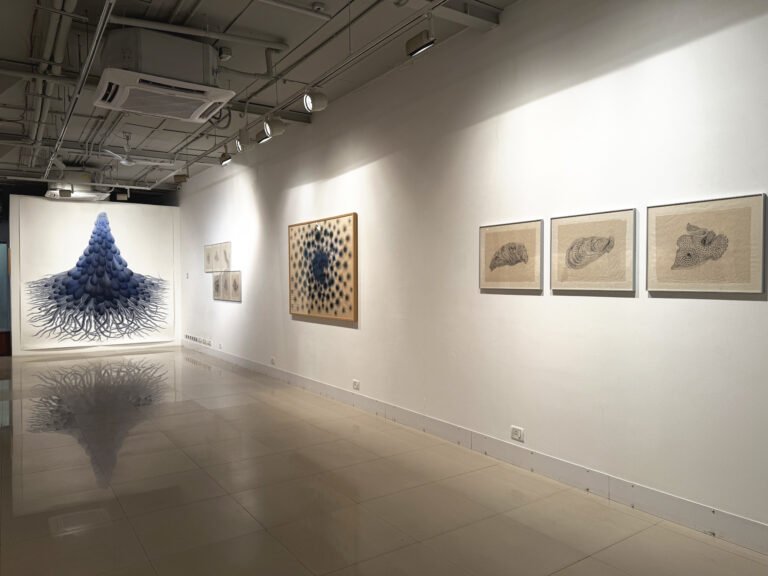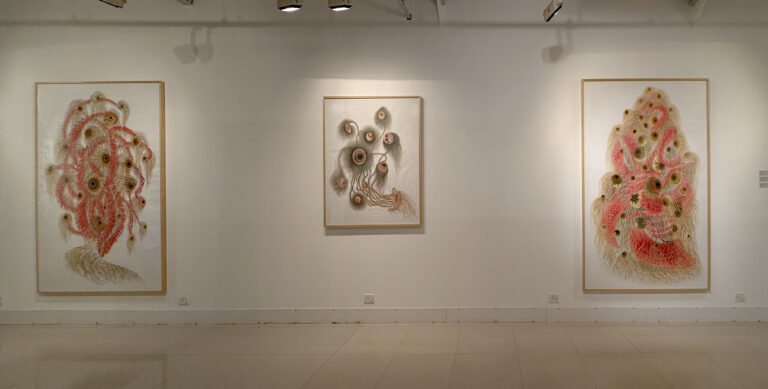November 12, 2024 - December 7, 2024
I’ve been exploring what an artist’s gaze should focus on and the source of the power that directs it. To me, creating a painting is a way to record my experiences and memories through ongoing communication with the subject. As I observe, memories of my vanished hometown continually interact with it in my deepest, innermost consciousness, becoming both recorded and relived.
After a large chemical industrial complex moved into my hometown, where I was born and raised, I watched as it became polluted, gradually transforming into something far detached from what it used to be, and eventually abandoned by its residents. The memory of my hometown’s destruction brought me intense suffering—the collapse of my origins, the dissolution of my foundational sense of existence. This wasteland, weathered by the painful passage of time, led me to question and search for a language of my own. After leaving my hometown, I lived in various cities. One was near a desert, where the arid landscape and scorching heat confronted me with the thirsts of life. Another was by the coast, where I encountered post-tsunami apocalyptic scenery, embodied in the shapes of mold. The memory of my devastated hometown resurfaced like déjà vu, appearing in different landscapes, at different moments in time. I noticed distorted shapes, all of which seemed interconnected, overlapping in their embodiment of death. Amid this decay, I saw that the profound issues of our lives were intertwined with darkness and fear, transforming into irretrievable feelings. My gaze lingered on the tiny, fragile things left behind, where everyone else had already gone—subtle existences drifting from place to place, detached from their original forms. I paid close attention to the faint movements and sounds of microscopic life—worms, ashes, microbes—through senses as sensitive as tentacles.
In this way, I sought to summon my memories of those extinct spaces under the intensity of my deeply investigative gaze. This became my mission: to record the quivers of others, the unspoken sounds of witnesses to a precarious era, to remember those who lost their homes and continue to return in different forms, and to never stop reimagining them in these pervading, desolate places.
– Kim Seola
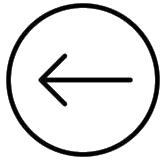 Back
Back